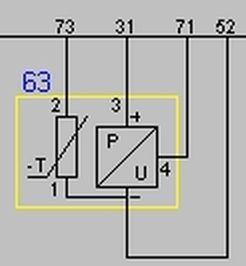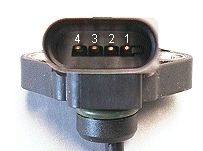robokop wrote: rsv6 wrote: However, as you know, increasing the dose of fuel without a dose of air in the diesel causes an increase in temperature and thus burning of the pistons.
Nonsense. However, I recommend reading a lot about the principle of operation of a diesel engine.
It is about increasing the dose by reducing the resistance of the injection pump temperature sensor. The engine then works as if the suction effect is very satisfactory. Preferably a 150ohm multi-turn potentiometer is installed in series with a 330ohm resistor and switch. The 330ohn resistor is designed to protect against a complete short circuit.
The lower the resistor resistance, the better the motor is, but you have to set it so that it does not kick.
The effect I was able to achieve is acceleration to 100km / h from 12.5s to 9.5s
At lower resistance, the engine works even better, but then it starts to kick. If it is black, it doesn't burn everything.
So I'll try to check the sensor with a voltmeter and oscilloscope. How it behaves when driving. Which voltage corresponds to the given boost pressure. And if you can influence them easily.
Thank you so much for setting

I thought this sensor was more complicated. Type two pins power supply and two more digital signal.



